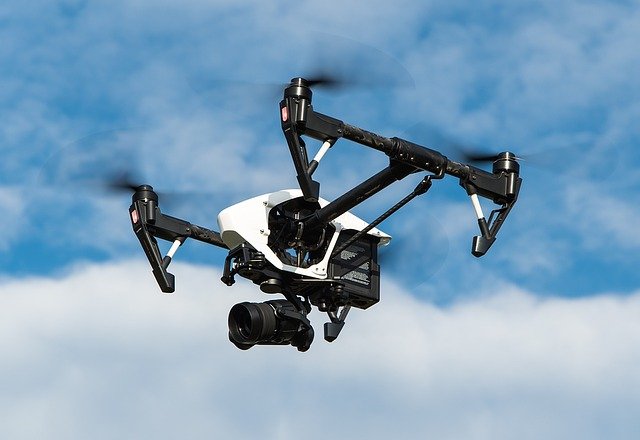Health and safety are always a priority for employers but that doesn’t mean workplace accidents and injuries are a thing of the past. Sadly, a significant number of people sustain serious or life-changing injuries during the course of their work and a startlingly high number of people fall victim to fatal accidents while they’re performing their duties.
Of course, millions of people sustain relatively minor injuries in the workplace every year too. Although these may not cause long-term damage, they can still be traumatic for the person affected and damaging to their employers.
To try and reduce the number of workplace injuries, businesses are using new forms of technologies such as wearable devices, remote collaboration tools, a biohazard suit, and drone equipment to increase safety. If you want to make your business safer for your staff, take a look at these 3 ways tech is making the workplace safer:
- Increased surveillance
Until now, businesses have been forced to use predominantly static CCTV cameras to record footage of what happens on-site. While manned patrols are also frequently used, these are comparatively costly and introduce the possibility of human error when it comes to accurately recounting any incidents.
Fortunately, modern technology allows businesses to capture high-quality footage of almost any workplace. With advanced drones, like those from www.drdrone.ca, businesses can respond swiftly to any situation and ensure they are captured on film. While this detailed evidence can be used to determine the cause of the incident, there are even more effective ways drones can be used to promote workplace health and safety.
By using drone technology to monitor and surveil your workplace, you can highlight any potential security breaches or safety risks. This ensures you can respond to threats in a timely manner and prevent an incident from happening. As such, incorporating drones into your business’s operations enables you to protect your company and your staff.
- Diagnose contagious illnesses
Although many illnesses are contagious, limiting the spread of these conditions used to be extremely difficult. At most, workplaces could use a biohazard suit, rebreathing mask, or PPE to control infections – measures that aren’t always practical or feasible with workplaces. Furthermore, people are contagious before they experience any symptoms, which means they could infect colleagues, clients, and customers before they’re even aware that they’re coming down with something. As we’ve seen with the recent COVID-19 pandemic, the impact of this type of contagious illness can be catastrophic.
However, wearable technology is allowing people to monitor their health and pick up on the signs of potential infection before they can infect anyone else. By monitoring temperature and heart rate, as well as other physical signs of illness, wearable tech can notify you if you’re displaying any early signs of a contagious illness. What’s more, technology is capable of identifying anyone you’ve been in contact with and warning them that they may have been exposed to a contagious illness. This allows them to take any necessary measures to self-isolate and prevent anyone else from being exposed to the condition.
Instead of entire workforces succumbing to illnesses and then infecting friends, family, and anyone they happen to be close to, wearable tech can contain illnesses and stop the spread of viruses before they become out of control.
- Prevent negligence and malfunctions
Internet of Things (IoT) refers to equipment, goods, or products which feature internet connectivity. When equipment, tools, and machinery features internet connectivity, it can be used to reduce the risk of accidents and injuries occurring. If a piece of industrial equipment is in need of urgent maintenance work, for example, in-built technology is capable of stopping the machine from functioning. With the addition of internet connectivity, the machine can even notify relevant personnel itself, rather than relying on human involvement.
In addition to this, issuing staff with wearable devices can help you to keep track of their movements and ensure that they are safe at all times. If your staff regularly work in isolation, for example, being able to monitor their vital signs provides you with crucial information about their well-being. For people who work in particularly dangerous environments, such as on oil rigs, in mines, or in dangerous terrains, this type of technology not only makes their workplace safer; it could save their life.
Increasing Workplace Safety with Technology
Advanced technology can make the workplace safer in a variety of ways but it’s important to take a strategic approach to improve your occupational health and safety. With so many different tools available, you’ll want to conduct a comprehensive risk assessment to determine what type of health and safety technology will be most beneficial. Following this, you’ll be able to incorporate a bespoke suite of technologically advanced health and safety processes to protect your business, your workers, and your customer base.
